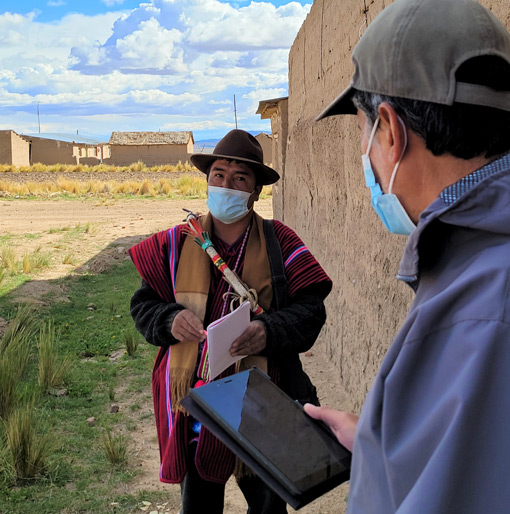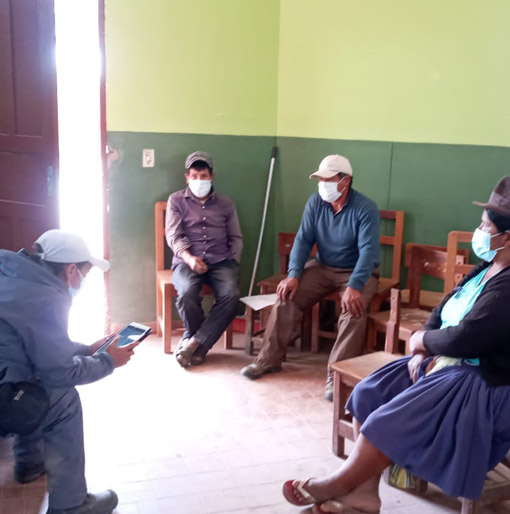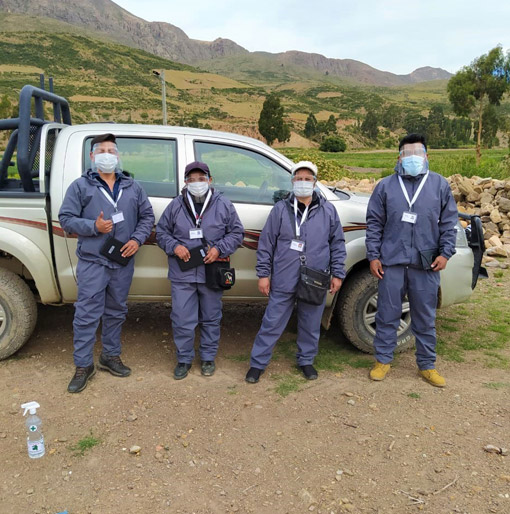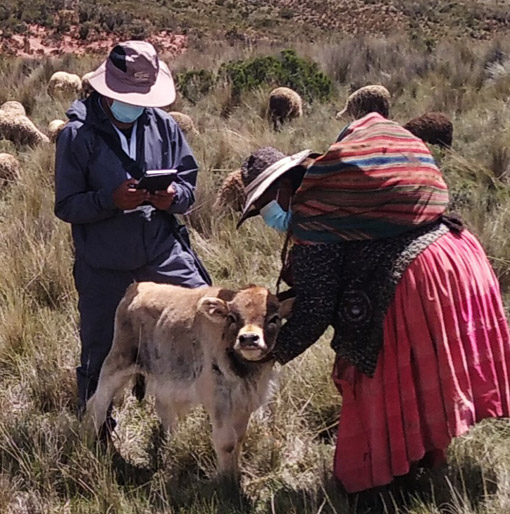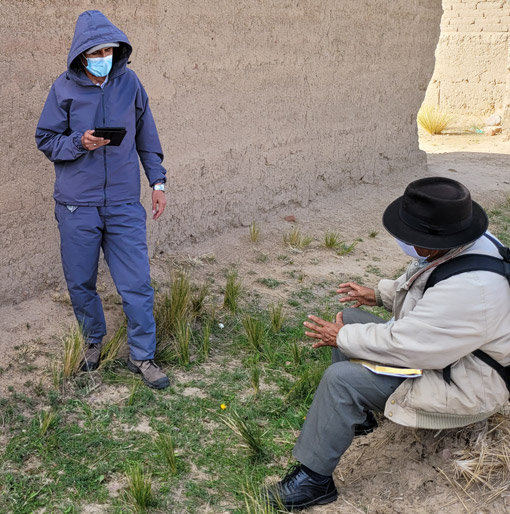Conducting face-to-face surveys during the COVID-19 pandemic
The COVID-19 pandemic interrupted almost all face-to-face survey operations worldwide, given the virus’s health risks and the associated mobility restrictions. Although phone-based surveys have been used as an alternative, they have proven insufficient and unable to replace the in-person field operations required by the large-scale complex surveys that remain at the core of national statistical systems.
Sistemas Integrales has designed and implemented rigorous protocols and good practices to enable the continuous production of high-quality and timely data while protecting respondents and field staff involved in face-to-face interviewing. These protocols, which are being currently implemented in ongoing surveys, span across the survey preparation, fieldwork and post fieldwork. The most salient measures are listed below:Â
- Instructive material about COVID-19 is turned over to all survey staff.
- The interviewer training is held online to avoid crowding and prevent contagion.
- The survey staff is PCR-tested two days before fieldwork launch and periodically throughout fieldwork. Those who test positive are automatically excluded.
- It is mandatory to use masks, face shields, latex gloves and protective suits throughout the entire field period.
- Interviewers must wash their hands or use hand sanitizer before and after every interview.
- Interviewers are required to keep social distance at all times, not shake hands, or have any physical contact with any respondent.
- Interviewers are barred from accepting any refreshments.
- Vehicles are disinfected at least twice a day and no strangers are allowed in.
- Interviewers who have a high temperature, a cough, or any other COVID-19 symptoms are mandated to self-quarantine and are monitored.
- Once fieldwork is finalized, all interviewers and supervisors are PCR-tested and mandated to quarantine at home over fourteen days.
Compliance with these protocols is closely supervised through permanent callbacks to the interviewed households and mystery respondents.

